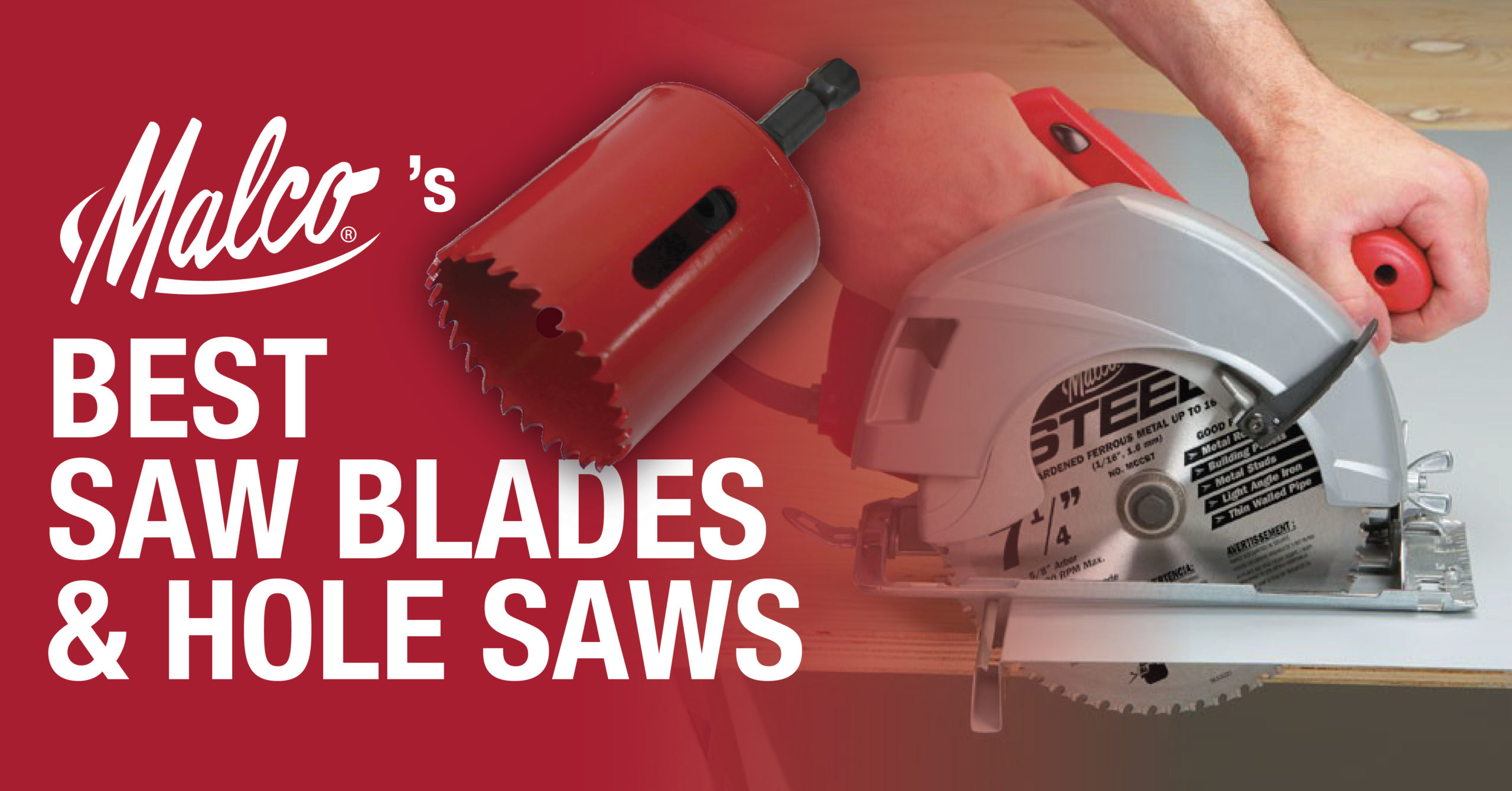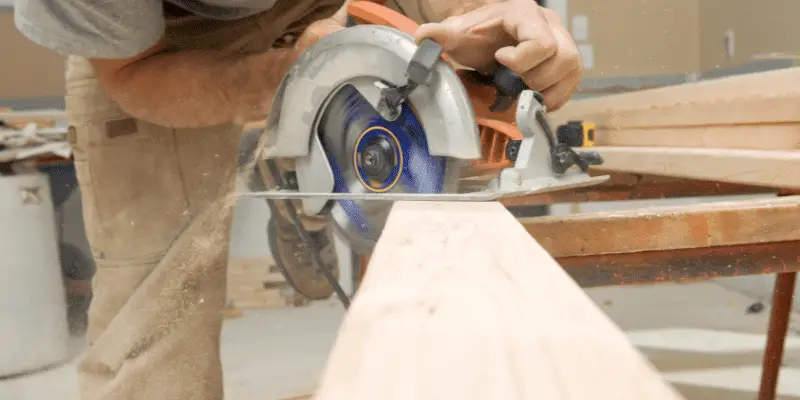A circular saw blade typically rotates in a counterclockwise direction. A circular saw blade typically turns counterclockwise for cutting.
It is important to know the correct direction to use the saw effectively and safely. By understanding the proper way a circular saw blade spins, you can ensure accurate and efficient cuts. Circular saws are versatile and widely used in woodworking and construction projects.
Whether you are a professional or a DIY enthusiast, knowing the correct direction of the saw blade is essential. We will discuss the direction of a circular saw blade and why it matters. So, let’s get started.
Understanding The Importance Of Proper Blade Position
The impact of blade orientation on cutting power cannot be overstated. The correct placement of a circular saw blade can significantly improve efficiency and accuracy in cutting tasks. Ensuring that the teeth of the blade are facing in the right direction is essential to achieve optimal results. When the blade is placed correctly, it maximizes its cutting power, allowing it to effortlessly glide through the material being cut. Not only does this save time and effort, but it also minimizes the risk of accidents or damage to the saw itself. Proper blade position enables smoother, cleaner cuts and reduces the chances of kickback, providing a safer and more enjoyable cutting experience. Paying attention to blade orientation is a crucial step that should never be overlooked by both professionals and DIY enthusiasts alike.
Identifying The Correct Orientation For Circular Saw Blades
Identifying the correct orientation for circular saw blades is essential for efficient and safe cutting. Examining the arrow marking on the blade is the first step in determining the proper direction. The arrow indicates the rotation direction of the blade, ensuring that it rotates in the correct alignment with the saw’s motor. When installing the blade, align the arrow with the direction of rotation indicated by the saw’s motor. This will ensure that the teeth of the blade are positioned correctly and will cut efficiently. Additionally, it is crucial to consider the factors before choosing the blade direction. These factors include the type of cut, material being cut, and the desired outcome. Taking these factors into account will help in making the right decision for the blade orientation, resulting in clean and accurate cuts.
Tips For Optimizing Cutting Power With Circular Saw Blades
When using a circular saw blade, it is important to optimize its cutting power to achieve the best results. One aspect to consider is the orientation of the blade teeth. Correctly aligning the teeth can significantly impact the quality of cuts, making them cleaner and smoother.
For optimal performance, make sure that the blade teeth are facing in the right direction. The teeth should be pointing towards the front of the saw, so they cut through the material as the blade rotates in a clockwise direction. This ensures that the blade efficiently cuts through the material, reducing the risk of splintering or tear-outs.
By aligning the circular saw blade properly, you can maximize its cutting power and achieve precise results. Remember to regularly inspect the blade for any signs of wear or damage, as a dull or damaged blade may affect cutting efficiency. Always prioritize safety by wearing appropriate protective gear and following recommended operating guidelines.

Credit: www.malcoproducts.com
Adjusting For Different Types Of Cuts
When it comes to circular saw blades, it is important to adjust them correctly for different types of cuts. For rip cuts, the blade direction should be set so that the teeth of the blade rotate towards the front of the saw. This ensures that the blade cuts parallel to the wood grain, resulting in smooth and efficient cuts.
For cross cuts, the blade direction should be set so that the teeth of the blade rotate towards the back of the saw. This allows the blade to make clean, precise cuts across the wood grain. Additionally, it is important to use a blade with a higher tooth count for cross cuts, as this helps to prevent tear-out on the surface of the wood.
For bevel cuts, the blade direction should be set according to the direction of the bevel. It is important to carefully adjust the angle of the saw and ensure that the blade is aligned correctly to achieve accurate bevel cuts.
Choosing The Right Blade For The Job
- Matching the blade to the material being cut: When determining which way a circular saw blade should go, it’s essential to consider the material you’ll be cutting. Different materials require different types of blades. For instance, a blade designed for cutting wood is not suitable for cutting metal or concrete.
- Understanding different blade tooth configurations: Circular saw blades have teeth with specific configurations for different cutting tasks. For example, crosscut blades have more teeth to provide a finer finish on wood, while rip blades have fewer teeth for faster, rougher cuts. It’s important to choose a blade with the appropriate tooth configuration for your specific cutting needs.
By carefully considering the material being cut and understanding the appropriate tooth configuration, you can ensure that you’re using the correct circular saw blade for the job at hand. The right blade will not only cut more efficiently but also preserve the lifespan of both the blade and the saw itself.
Maintaining And Sharpening Circular Saw Blades
To maintain and sharpen circular saw blades, it’s important to know which way they go. Properly aligning the blade teeth points towards the direction of rotation ensures efficient cutting and extends blade life.
Maintaining and sharpening circular saw blades is essential for their prolonged lifespan. Regular blade maintenance includes cleaning and inspecting the blade for any signs of damage or wear. Remove any built-up debris and ensure that the blade teeth are free from any obstructions. Sharpening dull blades is another important aspect of blade maintenance. This can be done using either a file or a dedicated blade sharpener. Carefully follow the manufacturer’s recommendations on the proper angle and technique for sharpening the blade. It is important to note that not all blades can be sharpened, so it’s crucial to check the blade manufacturer’s instructions beforehand. Replace the blade if it is damaged beyond repair or if it has been sharpened multiple times and is no longer providing clean and accurate cuts. By maintaining and sharpening circular saw blades regularly, DIY enthusiasts and professionals alike can ensure optimal performance and efficiency in their woodworking projects.
Safety Precautions When Using A Circular Saw
Wearing the appropriate safety gear is crucial when using a circular saw. It helps protect you from potential accidents and injuries. Make sure to wear safety goggles to shield your eyes from flying debris and particles. Use ear protection such as earplugs or earmuffs to safeguard your hearing from the loud noise produced by the saw. Additionally, wear protective gloves to prevent cuts and lacerations on your hands. When handling the circular saw, always follow the manufacturer’s instructions and safety guidelines. Ensure that the blade is properly installed and tightened before use. Keep your body positioned away from the cutting line and maintain a firm grip on the saw at all times. Be aware of your surroundings and avoid distractions to minimize the risk of accidents. By prioritizing safety precautions, you can confidently and safely use a circular saw for your projects.

Frequently Asked Questions On Which Way Does A Circular Saw Blade Go
Which Way Do You Put A Circular Saw Blade?
To put a circular saw blade, position it with the teeth facing forward and the arrow on the blade pointing in the direction of rotation. Make sure the blade is securely fastened before use.
Which Direction Do Meat Saw Blades Go?
The direction of meat saw blades depends on the type of saw. Some saw blades rotate clockwise, while others rotate counterclockwise.
What Is The Correct Direction For A Circular Saw Blade?
The correct direction for a circular saw blade is to rotate in a clockwise motion. This ensures optimal cutting efficiency and prevents kickback, keeping you safe during use. Make sure to consult your circular saw’s instruction manual for specific details regarding blade installation.
Can I Install A Circular Saw Blade Backwards?
No, you should never install a circular saw blade backwards. Installing it correctly is crucial for safety and optimal performance. The carbide teeth should be facing forward and rotating in a clockwise direction. Installing it backward can lead to dangerous kickback and poor cutting results.
Conclusion
To summarize, understanding the correct orientation for a circular saw blade is crucial for safe and efficient use. By following the manufacturer’s instructions and ensuring the teeth face forward, you can maximize your saw’s cutting performance and minimize risks. Whether you’re a seasoned carpenter or a novice DIY enthusiast, always prioritize safety and attentiveness when working with power tools.
So, remember to double-check the blade’s position before starting your cutting tasks. Happy sawing!


